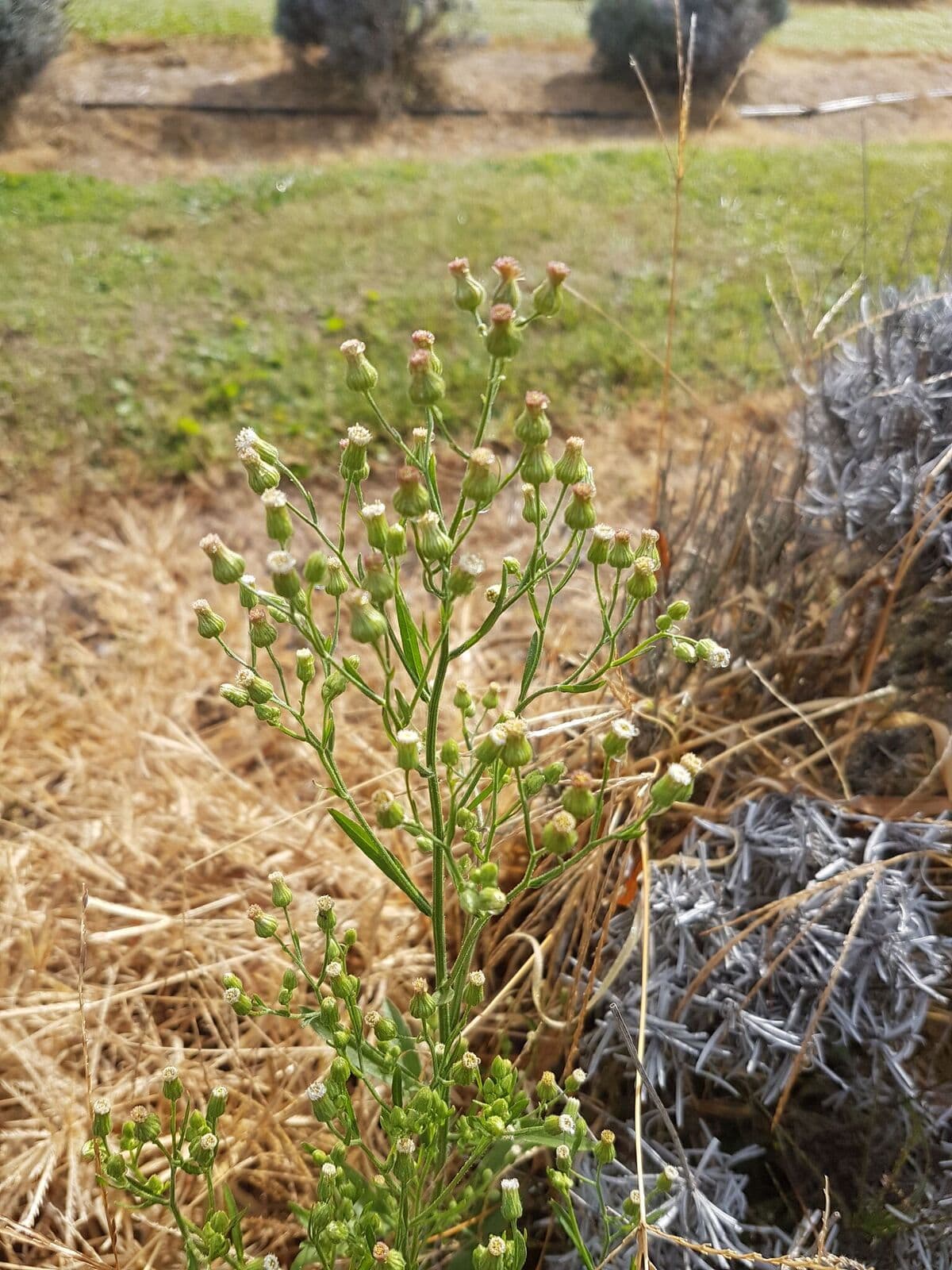Landholders now have a new biocontrol tool to help fight one of Australia’s most challenging agricultural weeds, flaxleaf fleabane.
Researchers from Australia’s national science agency, CSIRO, are piloting the release of a fungus from Columbia to help landholders tackle the weed.
Flaxleaf fleabane (Conyza bonariensis) is a fast-spreading weed from South America that damages cropping and grazing areas across Australia and impacts the livelihoods of many primary producers.
CSIRO weed ecologist, Dr Ben Gooden, says flaxleaf fleabane was one of the most difficult-to-control weeds in grain cropping systems. It is estimated to affect nearly three million hectares of land in Australia and cause grain crop revenue losses of more than $43 million each year.
“As flaxleaf fleabane has developed resistance to some herbicides, we hope that the biocontrol agent will be effective in reducing its populations across the country,” he says.
“We identified a rust fungus called Puccinia cnici-oleracei in Colombia which infects flaxleaf fleabane and restricts it from growing by destroying the plant’s tissues.”
The fungus was imported into CSIRO’s high-security quarantine facility in Canberra where scientists studied it extensively to determine if it would be safe to introduce to Australia as a biocontrol agent.
“Our research found the fungus can only infect flaxleaf fleabane, while all non-target plant species tested were resistant to it. Based on this research, the fungus is deemed to be safe and has been approved by the Department of Agriculture, Fisheries and Forestry for introduction to Australia,” Dr Gooden says.
Flaxleaf fleabane grows up to one metre and is a prolific seed producer. Each plant can produce over 100,000 seeds and these can disperse long distances with the help of wind, water, animals, and vehicles, explaining its rapid spread not just within local districts but into southern and western cropping and grazing regions in recent times.











